Mohannad AlMousa
A Novel Word Sense Disambiguation Approach Using WordNet Knowledge Graph
Jan 08, 2021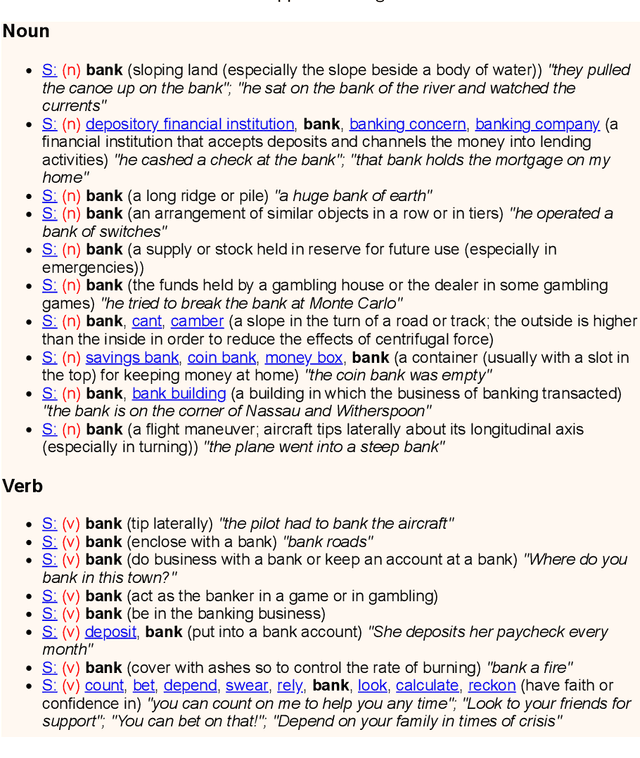
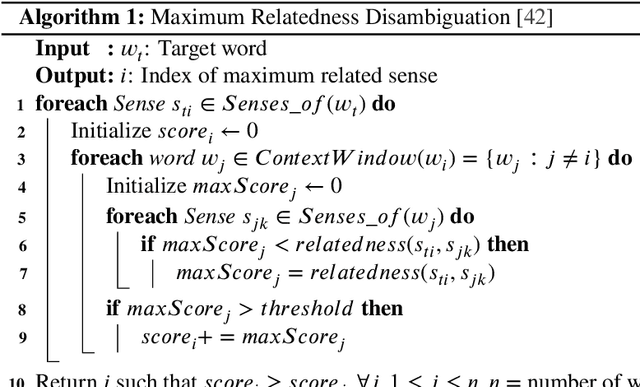
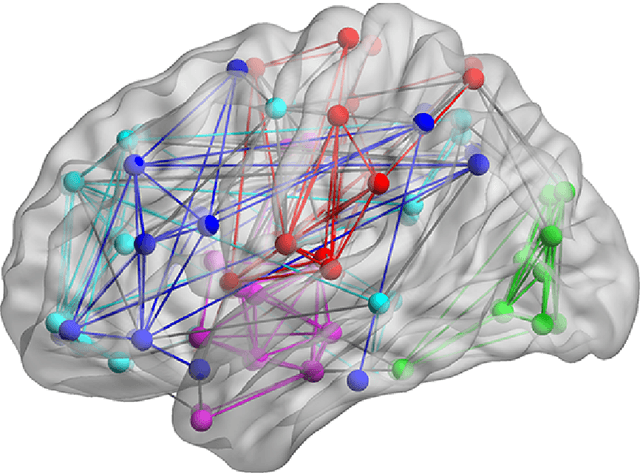
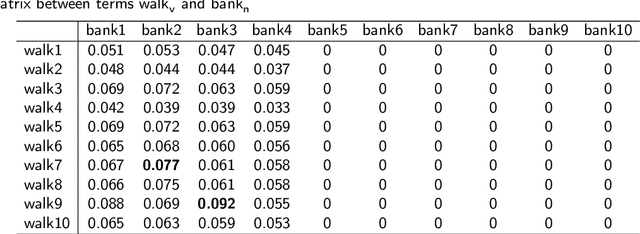
Abstract:Various applications in computational linguistics and artificial intelligence rely on high-performing word sense disambiguation techniques to solve challenging tasks such as information retrieval, machine translation, question answering, and document clustering. While text comprehension is intuitive for humans, machines face tremendous challenges in processing and interpreting a human's natural language. This paper presents a novel knowledge-based word sense disambiguation algorithm, namely Sequential Contextual Similarity Matrix Multiplication (SCSMM). The SCSMM algorithm combines semantic similarity, heuristic knowledge, and document context to respectively exploit the merits of local context between consecutive terms, human knowledge about terms, and a document's main topic in disambiguating terms. Unlike other algorithms, the SCSMM algorithm guarantees the capture of the maximum sentence context while maintaining the terms' order within the sentence. The proposed algorithm outperformed all other algorithms when disambiguating nouns on the combined gold standard datasets, while demonstrating comparable results to current state-of-the-art word sense disambiguation systems when dealing with each dataset separately. Furthermore, the paper discusses the impact of granularity level, ambiguity rate, sentence size, and part of speech distribution on the performance of the proposed algorithm.
Exploiting Non-Taxonomic Relations for Measuring Semantic Similarity and Relatedness in WordNet
Jun 22, 2020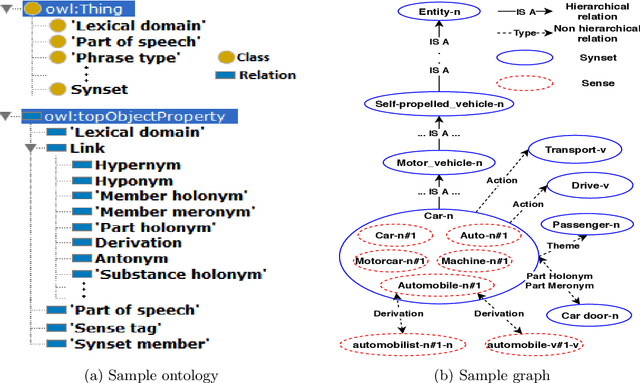
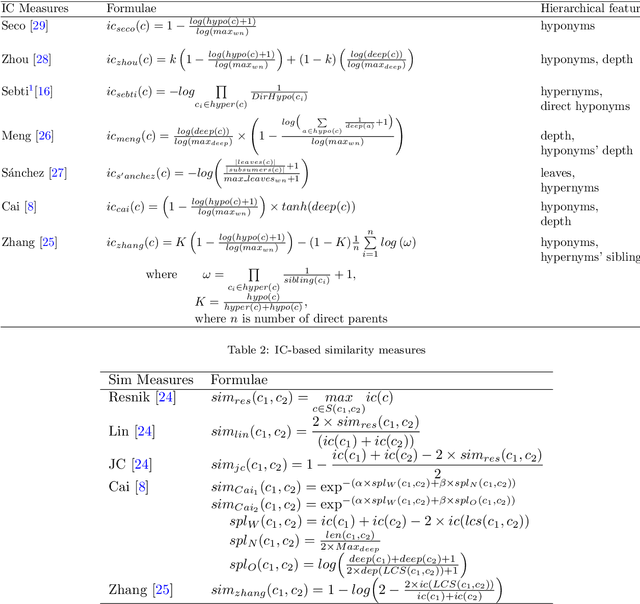
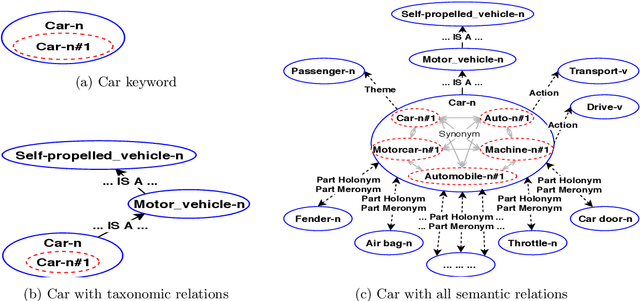
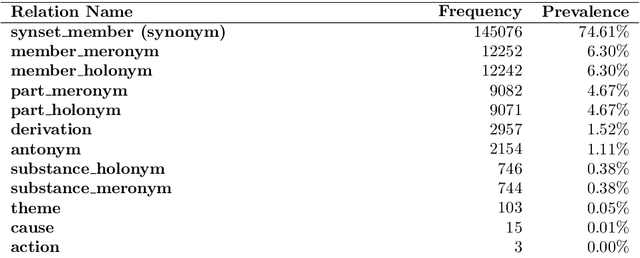
Abstract:Various applications in the areas of computational linguistics and artificial intelligence employ semantic similarity to solve challenging tasks, such as word sense disambiguation, text classification, information retrieval, machine translation, and document clustering. Previous work on semantic similarity followed a mono-relational approach using mostly the taxonomic relation "ISA". This paper explores the benefits of using all types of non-taxonomic relations in large linked data, such as WordNet knowledge graph, to enhance existing semantic similarity and relatedness measures. We propose a holistic poly-relational approach based on a new relation-based information content and non-taxonomic-based weighted paths to devise a comprehensive semantic similarity and relatedness measure. To demonstrate the benefits of exploiting non-taxonomic relations in a knowledge graph, we used three strategies to deploy non-taxonomic relations at different granularity levels. We conducted experiments on four well-known gold standard datasets, and the results demonstrated the robustness and scalability of the proposed semantic similarity and relatedness measure, which significantly improves existing similarity measures.
 Add to Chrome
Add to Chrome Add to Firefox
Add to Firefox Add to Edge
Add to Edge